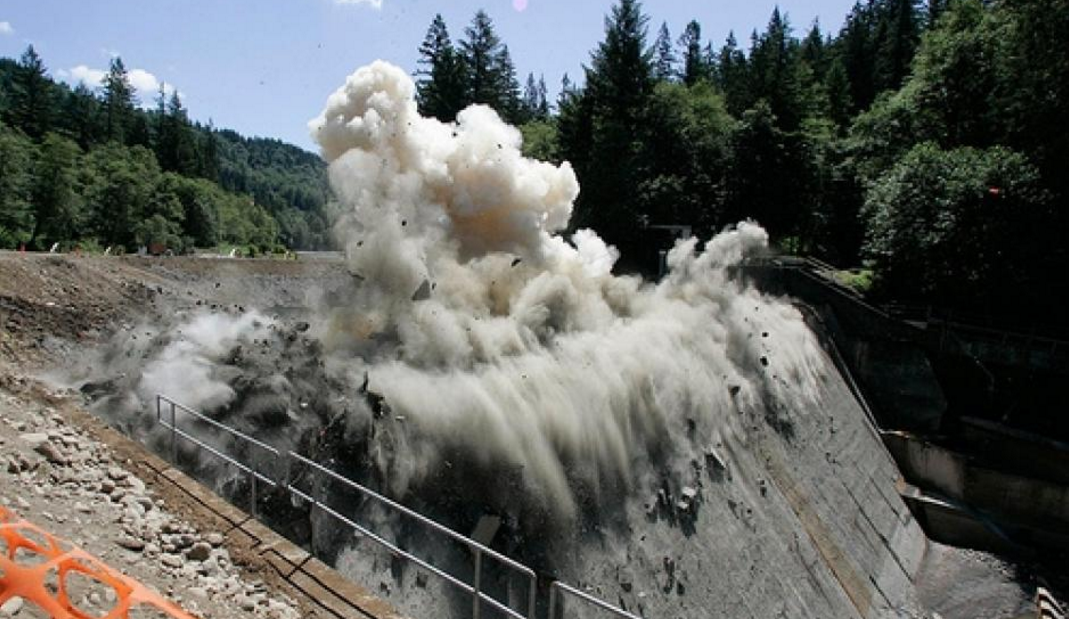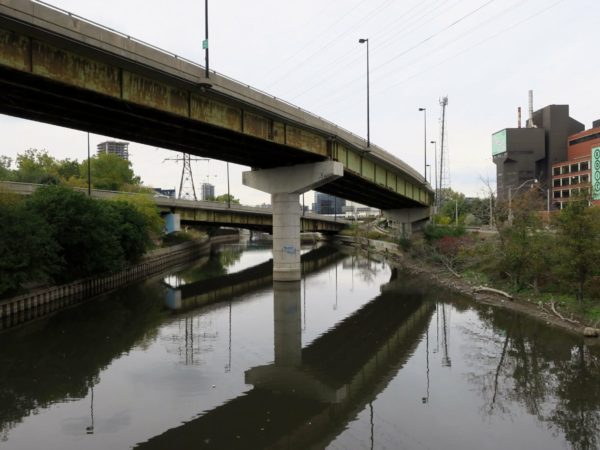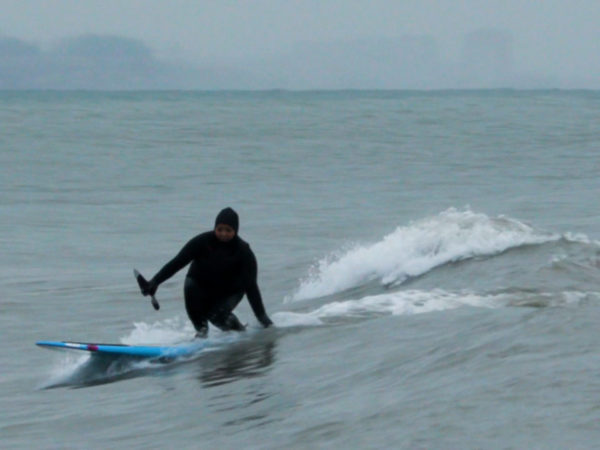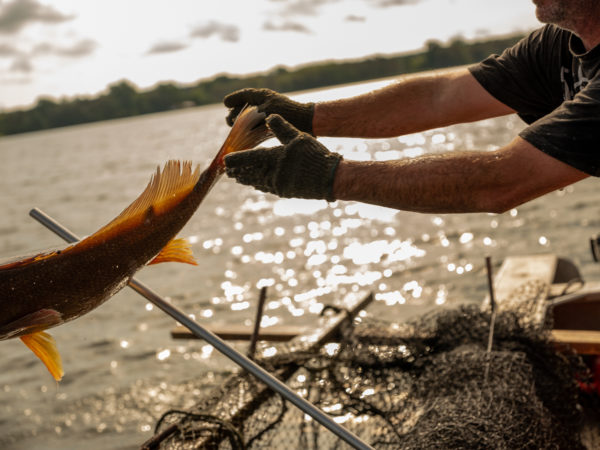
By Veronica Volk from Great Lakes Today
Last year, 72 dams across the US were demolished; hundreds more were removed in the past decade. Most dam removals are part of an effort to restore rivers and the animals that live there.
But when a dam across the St. Regis River in upstate New York was removed late last year, the Mohawk people saw an opportunity to reclaim the land and reconnect to traditions.
Audio PlayerAkwesasne is a large swath of land that straddles the U.S.-Canadian border, and sits at the meeting point of three rivers — the St. Lawrence, the St Regis, and the Raquette. It’s the Mohawk name for both the region and the people who live there.
The territory is sprawling and green in the summer with pockets of woods, broken up by clusters of homes and shops.
But a defining feature of the land is the water that runs through it.
“The rivers were our main mode of transportation in the past so this was like a hub,” says Sue Hern, program coordinator for the museum at the Akwesasne cultural center.
She says the water also provided fishing and recreation, but years of industrial development and pollution degraded the waters. General Motors had a plant next to the reservation on the St. Lawrence, and two metal companies also built factories on the river.
People were advised not to swim in the area, and limits were put on eating fish caught there.
“It really cut us off from that part of who we were,” says Hern.
Pollution wasn’t the only factor. The Hogansburg Hydroelectric Dam was built in the 1920s, creating a twelve-foot-high concrete barrier across the St. Regis River. The dam disrupted the migration of sturgeon and salmon to their native spawning beds.
Which is why Tony David says it had to go.
“In some respects I feel like I’m exactly where I’m supposed to be,” says David. “I was put here to pull this dam out.”
David is the water resources program manager for the Saint Regis Mohawk Tribe Environment Division. When the dam’s license came up for renewal, he and his team proposed demolishing it, and the dam was taken down late last year.
It’s all part of a broader plan to improve water quality.
“The dam removal is just the first step,” he says. “We’re looking at years of monitoring, and recovery, and restoration.”
Many of the dam removal projects across the U.S. have a common goal: to restore rivers. But the dam demolition in Akwesasne also serves another purpose.
The tribe now hopes to reclaim this space in a way that celebrates Akwesasne culture.
The stone-faced building that used to house the dam’s machinery now sits vacant, but Gail McDonald has big plans for it. She’s the tribe’s heritage complex project developer.
“It’s got beautiful original doors on there and a lot of the windows — or the sites that could be some beautiful windows,” says McDonald. “You can envision that really incorporating a lot of our cultural symbols, and meanings, and colors.”
McDonald and her team want to turn the building and the small plot of land it sits on into an art park: part gallery to showcase local paintings, sculpture, pottery, baskets, but also a space for performance, demonstration, and ceremony. Maybe even include a café that serves local foods.
“It’s not only the artistic part of it but the tourism is also sharing,” says McDonald. “Sharing our knowledge and who we are as a people in a very positive way.”
McDonald says their main obstacle for the project is funding, but she’s hopeful they can reclaim the space. People have already began to reuse the site.
Just across the river, and two men wade into the water, knee deep, with fishing poles and bait buckets.




